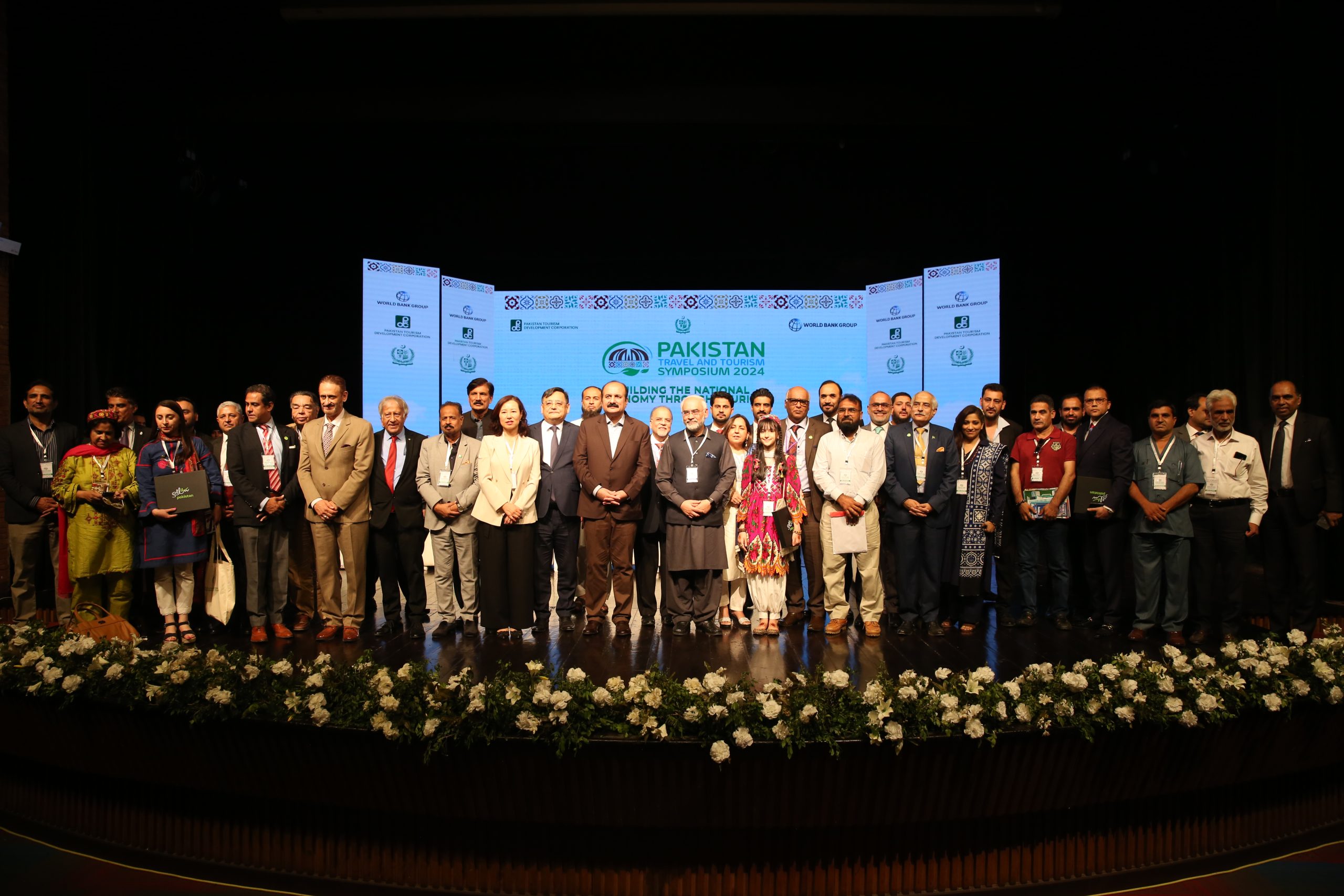
Introduction
The global travel and tourism industry has faced unprecedented challenges due to the COVID-19 pandemic. However, recent research by the World Travel & Tourism Council (WTTC) provides encouraging insights, suggesting that the sector is on its path to recovery. The 2023 Economic Impact Research (EIR) reveals that the industry is closing in on its 2019 peak, with a recovery rate of over 95%. In this blog post, we will delve into the key findings of the research, explore the factors driving the recovery, and discuss the future of travel and tourism in a post-pandemic world.
Recovery of the Travel and Tourism Sector
The WTTC’s EIR highlights that the global travel and tourism sector is forecasted to reach $9.5 trillion in 2023, representing a recovery rate of 95% compared to the pre-pandemic levels of 2019. Remarkably, 34 countries have already exceeded their 2019 levels, demonstrating a significant rebound in the industry. This recovery is further reinforced by the projected rebound of employment, with the sector expected to recover to 95% of the 2019 job level.
Sector Performance in 2022 and 2021
Despite the economic and geopolitical challenges, the travel and tourism sector showcased resilience and continuous growth. In 2022, the sector experienced year-on-year growth of 22%, reaching a staggering $7.7 trillion in global economic contribution. This accounted for 7.6% of the global economy, the highest sector contribution since 2019. Although global GDP still lags behind its 2019 peak by 22.9%, the steady recovery of the travel and tourism industry is evident.
Factors Influencing Global Recovery
The research conducted by the WTTC in collaboration with Oxford Economics highlights the impact of various factors on the global recovery of the travel and tourism sector. Prolonged travel restrictions and conflicts, such as the situation in Ukraine, have significantly influenced the pace of recovery. However, the recent decision by the Chinese government to reopen its borders in January has served as a catalyst, propelling the sector closer to pre-pandemic levels.
Job Creation and Employment Statistics
The COVID-19 pandemic resulted in substantial job losses within the travel and tourism sector, with employment dropping from over 334 million in pre-pandemic times to just 264 million in 2020. However, the industry rebounded by creating 11 million jobs in 2021 and an impressive 21.6 million new jobs in 2022. As a result, the sector currently employs over 295 million people globally, equating to one in eleven jobs worldwide.
Resurgence of International Travel
The resurgence of international travel is a positive sign of recovery in the travel and tourism sector. Spending by overseas visitors experienced an unprecedented 82% growth in 2022, reaching $1.1 trillion. This significant increase indicates that international travel is firmly back on track, and people are eager to explore new destinations and cultures once again.
Future of Tourism
WTTC’s forecasts provide an optimistic outlook for the future of the travel and tourism industry. By 2033, the sector is projected to grow its GDP contribution to $15.5 trillion, representing 11.6% of the global economy. Additionally, it is estimated that the industry will employ a staggering 430 million people worldwide, with nearly 12% of the working population being part of the sector.
Recovery Progress by Countries
The EIR reveals that 34 out of the 185 countries analyzed have already recovered to pre-pandemic levels in terms of GDP contribution. This demonstrates the varying pace of recovery across different regions and highlights the resilience and adaptability of certain countries in navigating the challenges posed by the pandemic. As we move forward, it is expected that by the end of 2023, nearly half of the analyzed countries will have fully recovered or be within 95% of full recovery, showcasing a widespread return to pre-pandemic levels.
Future Recovery Predictions
The WTTC’s research paints a promising picture for the future of the travel and tourism industry. With the sector’s continuous recovery and the anticipated resurgence of international travel, the industry is poised for robust growth in the coming years. The Chinese government’s decision to reopen its borders is expected to accelerate the recovery process, as Chinese travelers re-enter the market. This, coupled with the enduring desire of people worldwide to explore new destinations and embrace travel experiences, positions the travel and tourism sector as a growth industry for the next decade.
Conclusion
The WTTC’s 2023 Economic Impact Research presents an optimistic outlook for the travel and tourism industry in a post-pandemic world. With a recovery rate of over 95% compared to 2019 levels, the sector is closing in on its pre-pandemic peak. The resurgence of international travel, job creation, and the projected future growth of the industry highlights its resilience and enduring appeal. As we navigate the uncertainties of the global economy, it is crucial to recognize the profound impact of travel and tourism and its potential to contribute to economic recovery and job creation worldwide. The future of travel and tourism looks promising, and as travelers and industry stakeholders, we can look forward to a brighter and more vibrant travel landscape in the years to come.
“The data discussed in this blog is sourced from the ‘World Travel and Tourism Council’ report Here





